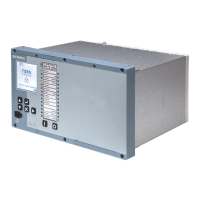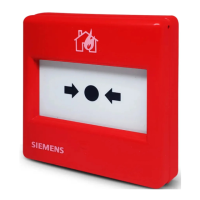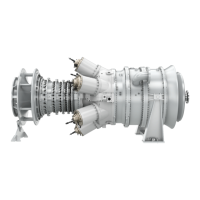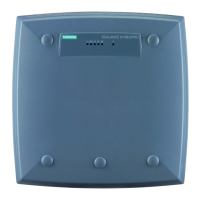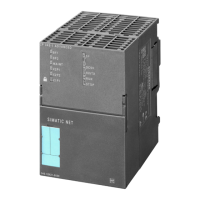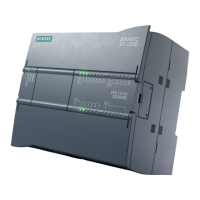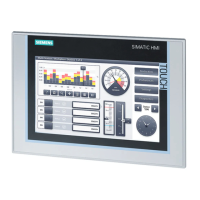Chapter 1
Introduction
RUGGEDCOM RS8000T
Installation Guide
4 Required Tools and Materials
RS232 Serial Console Port The serial console port is for interfacing directly with the device and accessing initial
management functions. For information about connecting to the device via the serial
console port, refer to Section3.1, “Connecting to the Device”.
Communication Ports Receive and transmit data. For more information about the various ports available for the
RUGGEDCOM RS8000T, refer to Chapter4, Communication Ports.
Section1.3
Required Tools and Materials
The following tools and materials are required to install the RUGGEDCOM RS8000T:
Tools/Materials Purpose
AC or DC power cord (16 AWG) For connecting power to the device.
CAT-5 Ethernet cables For connecting the device to the network.
Flathead screwdriver For mounting the device to a DIN rail.
Phillips screwdriver For mounting the device to a panel.
4 x #8-32 screws For mounting the device to a panel.
Section1.4
Decommissioning and Disposal
Proper decomissioning and disposal of this device is important to prevent malicious users from obtaining
proprietary information and to protect the environment.
Decommissioning
This device may include sensitive, proprietary data. Before taking the device out of service, either permanently or
for maintenance by a third-party, make sure it has been fully decommissioned.
For more information, refer to the associated User Guide.
Recycling and Disposal
For environmentally friendly recycling and disposal of this device and related accessories, contact a facility
certified to dispose of waste electrical and electronic equipment. Recycling and disposal must be done in
accordance with local regulations.
Section1.5
Cabling Recommendations
All copper Ethernet ports on RUGGEDCOM products include transient suppression circuitry to protect against
damage from electrical transients and conform with IEC 61850-3 and IEEE 1613 Class 1 standards. This means

